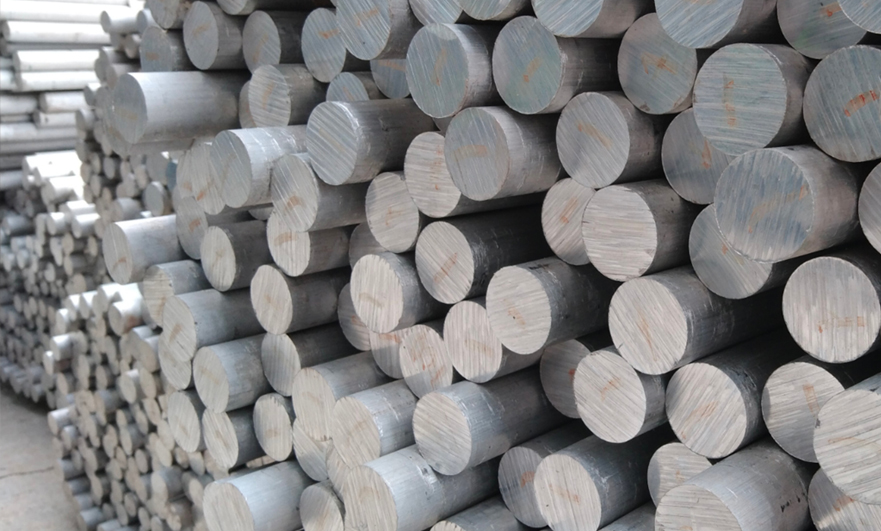15 years one-stop China custom CNC machining parts factory

Hey there I’m VMT Sam!
With 25 years of CNC machining experience we are committed to helping clients overcome 10000 complex part-processing challenges all to contribute to a better life through intelligent manufacturing. Contact us now
 856 |
Published by VMT at Sep 17 2021
856 |
Published by VMT at Sep 17 2021
Before starting a project, we need to consider not only whether the design can be processed by CNC, but also the materials used for CNC machining. After selecting the material, we will adopt different schemes for CNC machining according to the ISO standard. This article mainly introduces the relevant knowledge of ISO materials.
What are the ISO materials we are talking about?
In the conventional CNC machining process, many materials are used for cutting. Under the provisions of the International Organization for Standardization ISO, workpiece materials can be divided into the following six groups: P (steel/alloy steel), M (stainless steel), N (non-ferrous metal materials), K (cast iron), S (superalloy) , H (hardened steel), is mainly determined according to the properties of the material and processing.

Which ISO material groups are P/M/N/K/S/H?
P (steel/alloy steel): This is one of the most common materials in cutting materials, from non-alloy materials to high-alloy materials, including ferrite, cast iron and martensitic stainless steel. They are good in terms of processing performance. It is distinguished by the properties of the material.
M (stainless steel): alloy materials containing ≥12% chromium, such as nickel and molybdenum. Due to the high hardness usually affects the tool life.
N (non-ferrous metal materials): soft metals other than ferrous materials, such as copper, brass, aluminum and other metals. The life of high-speed cutting and cutting tools can usually be expected.
K (cast iron): It can be divided into gray cast iron (GCI), malleable cast iron (MCI), graphite cast iron (NCI), compact cast iron (CGI) and austenitic tempered cast iron (ADI), of which gray cast iron (GCI) ), malleable cast iron (MCI) is a very easy to process material, while other materials are more difficult to process.
S (superalloy): Including a large number of high-alloy iron, nickel, cobalt, and titanium-based materials, which are sticky, prone to buildup, and difficult to cut.
H (hardened steel): This group includes steel with a hardness between 45-65 HRC and about 400-600 HB chilled cast iron. These materials will generate heat during the cutting process and wear the cutting edges. It is difficult to CNC machining due to hardness.
Ready To Start Your Next Project?
Get Instant Quote

Request a Free Quote
Send us a message if you have any questions or request a quote. We will get back to you ASAP!